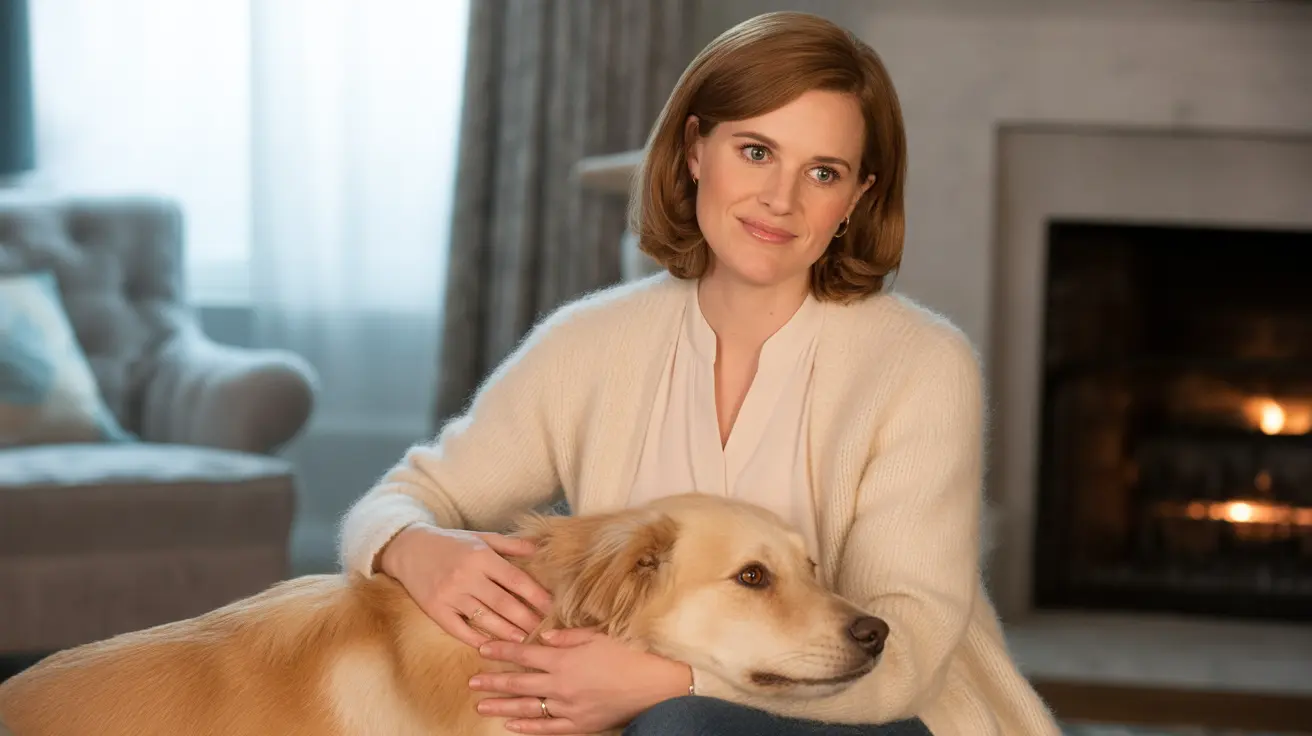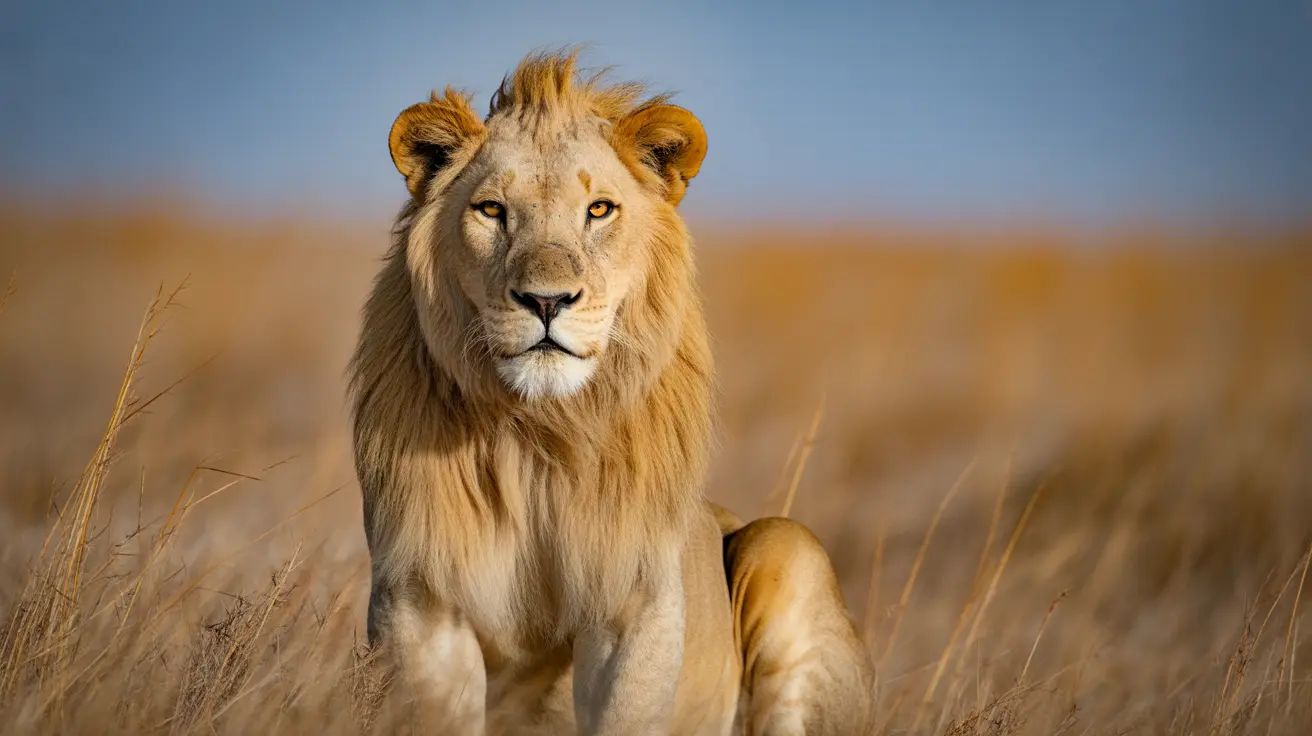Understanding Why Dogs Lick People
If you've ever wondered why your dog greets you with a flurry of licks, you're not alone. Licking is one of the most common canine behaviors, and it means much more than a simple greeting. Let's dig into what drives this action and what your dog might be trying to say.
The Evolutionary Roots of Licking
Licking isn't just something domestic dogs do—it's deeply embedded in their evolutionary history. In the wild, young wolves and wild dogs lick the faces of adults returning from hunts. This isn't just about affection; it's a way for pups to stimulate adults to regurgitate food for them. Domestic dogs carry this instinct forward, often licking their human caregivers as a ritualized greeting or learned social gesture.
Communication and Social Bonding
For dogs, licking serves as a form of communication. It can signal submission, comfort, or affection. When your dog licks you, they're often expressing love or seeking to strengthen the bond between you. Puppies learn early on that licking brings comfort—mothers groom their young through licking, making it an essential part of early canine interaction.
- Submission: A lick can be a dog's way of showing respect or deference.
- Affection: Dogs often lick those they feel close to as an expression of love.
- Comfort: Licking can soothe both the giver and receiver.
Sensory Exploration: Taste and Smell
Your skin carries all sorts of intriguing scents and tastes for your dog. After exercise or eating, human skin may taste salty or have trace food residue. With their powerful sense of smell and taste (though fewer taste buds than humans), dogs use licking to explore their environment—including you! For them, scent is usually more important than flavor, but both play a role.
- Sweat: The saltiness after physical activity attracts many dogs.
- Food Residue: Traces left on your hands or face are irresistible.
- Odors: Lotions, creams, or soaps can pique curiosity.
Licking as Communication
Licking isn't just about taste—it’s also about getting your attention. If your dog wants something (food, playtime, or simply acknowledgement), they may use licking as a signal. Many dogs quickly learn that humans respond positively—petting them back or talking sweetly—so licking becomes reinforced by your reactions.
This behavior also releases endorphins and dopamine in dogs' brains, which helps them relax and feel contented. For some pups, licking is self-soothing—a way to calm themselves when anxious or excited.
When Licking Signals a Problem
A few licks here and there are normal—but excessive licking may indicate an underlying issue. Dogs that can't seem to stop licking (themselves, people, or objects) might be experiencing stress, anxiety, boredom, pain, allergies, or even skin problems. Compulsive licking can develop if stress is ongoing or if the dog lacks mental stimulation. Sometimes medical issues like infections or localized pain cause persistent licking in one spot.
- If licking becomes constant or interferes with daily life...
- If it's paired with other behavior changes...
- If you notice sores developing from over-licking...
...it's time to consult a veterinarian or animal behaviorist for guidance.
Taming Unwanted Licking
If you'd like to reduce how much your dog licks you (or others), try these strategies:
- Withhold Attention: Don't react when your dog licks—turn away briefly instead.
- Redirect Behavior: Offer chew toys or food puzzles as alternatives.
- Increase Playtime: More mental and physical activity reduces boredom-driven licking.
- Teach Alternatives: Train your dog to sit for attention rather than lick.
- Maintain Hygiene: Shower after exercise; avoid strong-smelling lotions if possible.
Punishing licking usually doesn't help—instead focus on reinforcing the behaviors you'd like to see more often. Consistency matters; mixed signals confuse dogs about what’s expected of them.
The Many Meanings Behind Licks
Your dog's licks are packed with meaning: affection, curiosity, communication—and sometimes habit. Most of the time it's totally normal and even healthy for your relationship. But if it ever feels excessive (or seems linked to distress), don't hesitate to seek professional advice tailored to your dog's needs.





